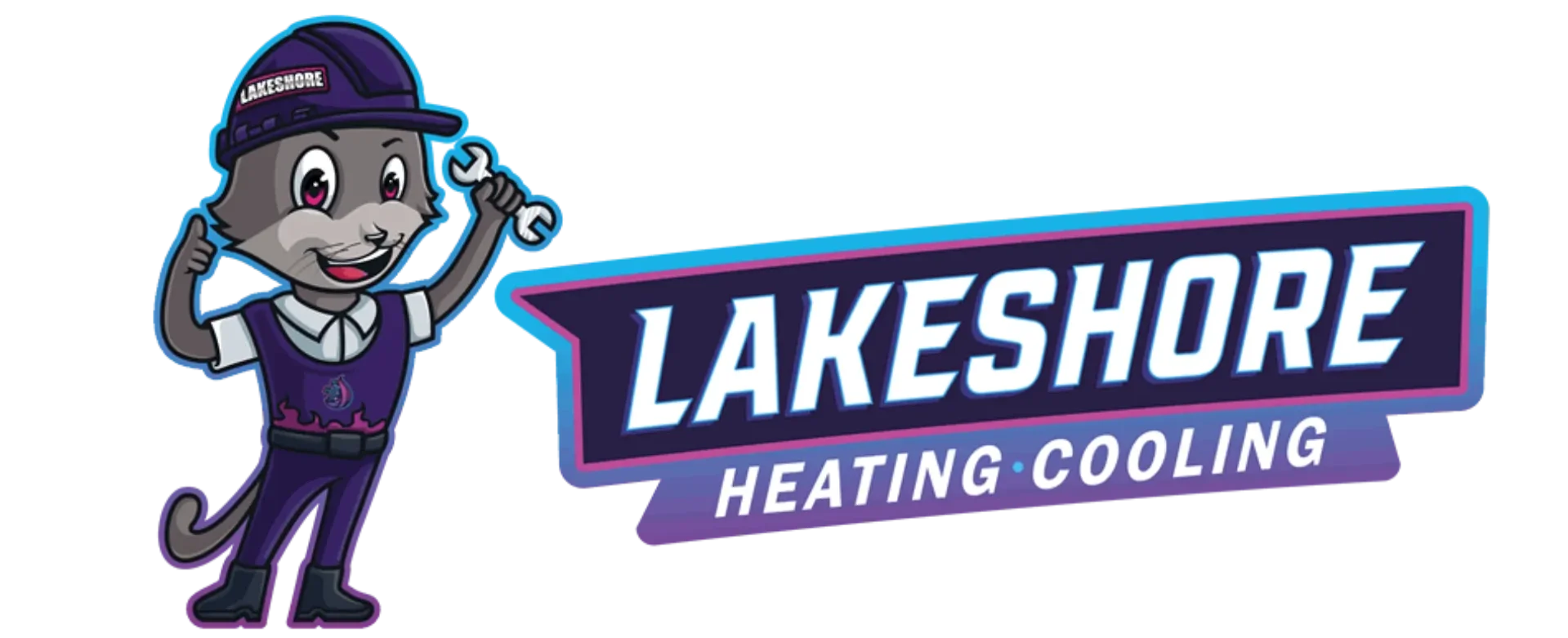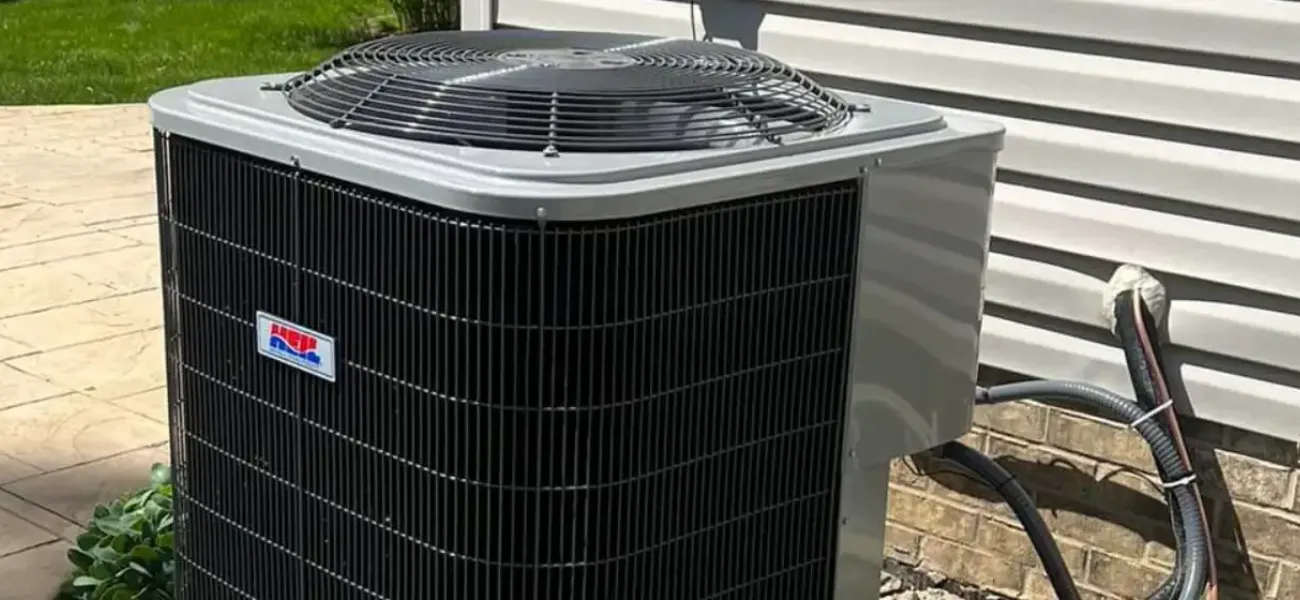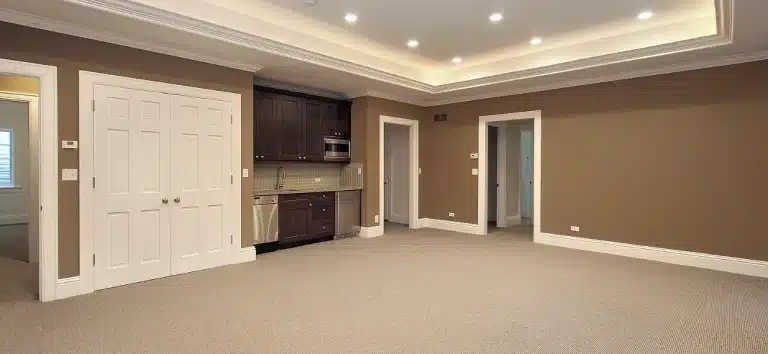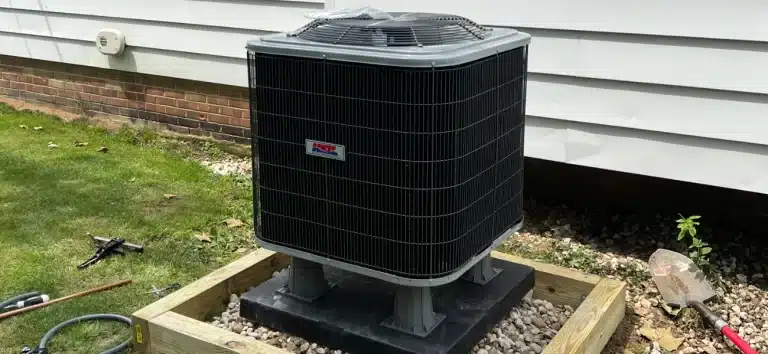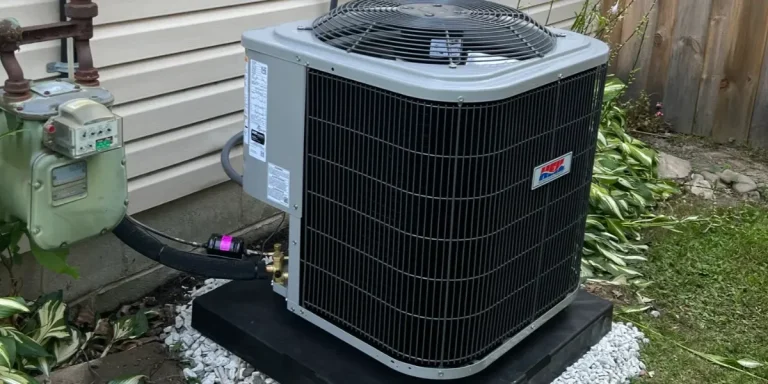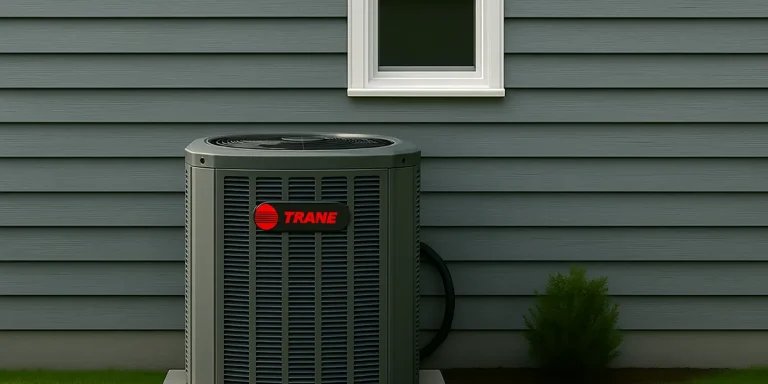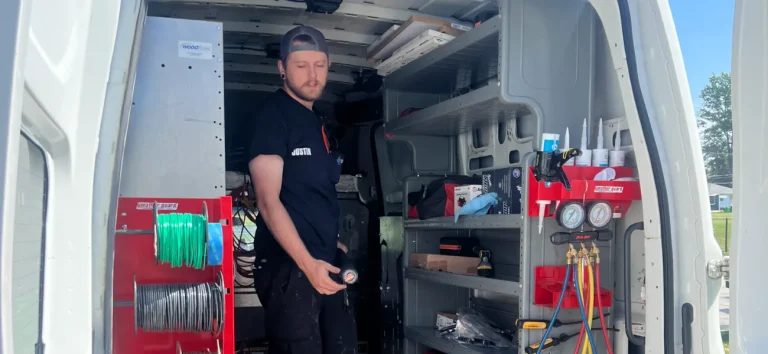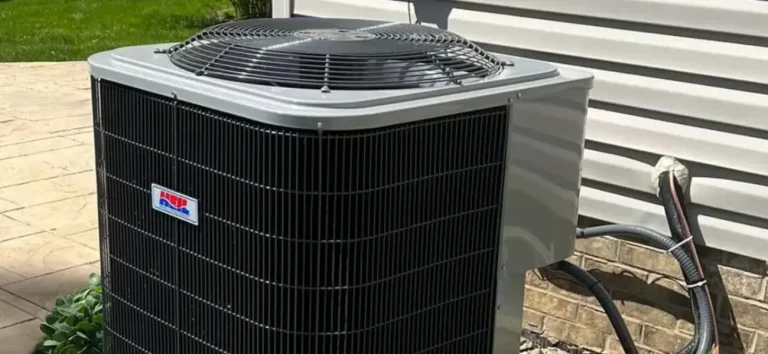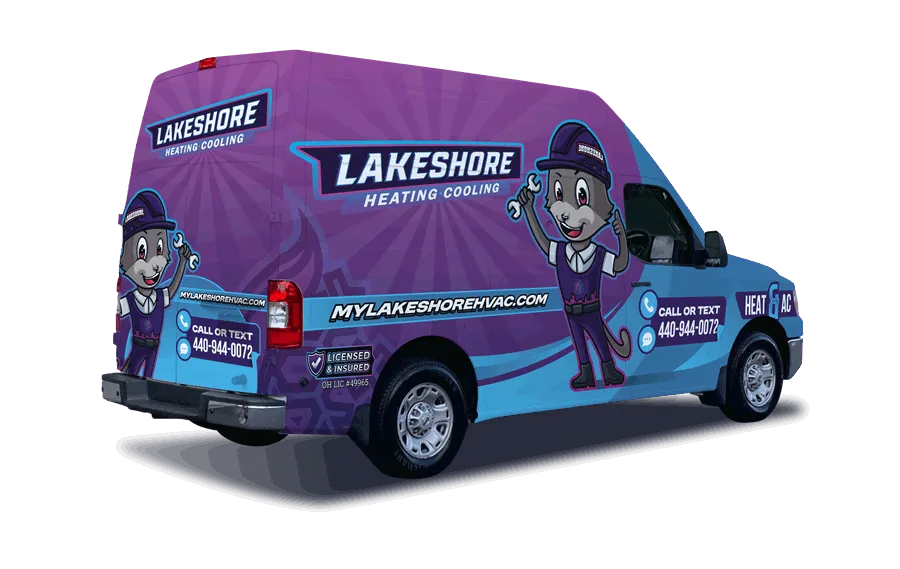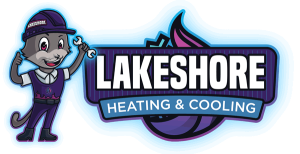Why Your AC Causes Static Shocks When Running
If you’ve noticed more static shocks around your home when the air conditioner is on, you’re not imagining it. Your HVAC system can indirectly contribute to static electricity buildup, especially during certain times of the year. This blog explains why it happens, how to reduce it, and when to call in the pros.
Understanding what causes static shocks indoors
Static shocks occur when electrical charges build up on your body and then discharge upon contact with a conductive surface—such as metal, wood, or even another person. This buildup usually happens when there’s not enough moisture in the air to help dissipate the charge naturally.
Dry indoor air creates ideal conditions for static electricity to form. Everyday activities like walking on carpet, sitting on upholstered furniture, or removing certain fabrics can cause electrons to transfer to your skin. Then, when you touch a grounded object, the accumulated charge is released as a shock.
This effect becomes especially noticeable during the cooling season, as air conditioners actively remove humidity from your home. If your system runs for long cycles or lacks proper humidity control, it can unintentionally dry out the air and make static shocks more frequent and more noticeable.
How your AC system contributes to static shocks
While your air conditioner doesn’t produce static electricity on its own, it does create an indoor environment where static buildup is more likely—especially during hot, dry spells when your system is working hard to cool your home.
1. Dry indoor air
One of the primary functions of your AC system is dehumidification. As warm air passes over the evaporator coil, moisture is removed and drained away. Over time, this constant removal of humidity can lower your home’s indoor relative humidity to uncomfortable levels—often below 30%.
When the air becomes too dry:
-
-
- The moisture that usually helps dissipate electrical charges disappears.
- Surfaces like carpets, curtains, and furniture retain more static.
- Your body holds onto electrical charges longer, making shocks more noticeable when you touch metal, doorknobs, or even other people.
-
Homes without a whole-home humidifier are more prone to these dry conditions, especially during the height of summer or in homes that run their systems around the clock.
2. Dirty or clogged air filters
When your air filter is dirty or clogged, airflow becomes restricted. This forces your AC to run longer to maintain your desired temperature. The result? Even more dehumidification and prolonged exposure to overly dry air.
In addition, a dirty filter can reduce your system’s efficiency, leading to:
-
-
- Poor indoor air quality
- Increased system strain and potential wear on components
- Hot and cold spots in the home that contribute to discomfort and uneven humidity
-
Regular filter replacements—ideally every 1 to 3 months—are a simple yet crucial part of preventing unnecessary dryness and static shock buildup.
3. Poor airflow or improperly sized systems
HVAC systems must be properly sized and designed to match your home’s layout, insulation, and airflow needs. When systems are too large (a common mistake), they cool the air too quickly and shut off before adequately dehumidifying the space. This is known as short cycling.
Poorly designed ductwork can also:
-
-
- Lead to inconsistent airflow
- Over-dry certain areas of your home
- Create stagnant air zones that feel dry and uncomfortable
-
These uneven conditions often result in static shocks being more prominent in certain rooms—like bedrooms, offices, or basements.
At Lakeshore Heating & Cooling, we can evaluate your system to determine if it’s sized correctly and delivering balanced airflow throughout your home.
4. Non-conductive flooring and fabrics
Even though your air conditioner doesn’t cause this directly, it adds to the problem. The combination of dry air and non-conductive materials—such as:
-
-
- Wall-to-wall carpeting
- Wool or synthetic area rugs
- Fleece or polyester clothing
- Upholstered furniture
-
—creates the perfect storm for static buildup.
The more you move across these surfaces in a low-humidity environment, the more static charge your body retains. Without enough moisture in the air to help neutralize it, that charge will find the quickest path to ground—often through a sharp little zap.
Addressing indoor humidity with a humidifier installation, paired with fabric-friendly habits and materials, can significantly reduce shocks around the house.
What you can do to reduce static shocks
You don’t have to live with zaps every time you touch a light switch. Here are simple steps to minimize static buildup at home:
-
- Install a whole-home humidifier to maintain comfortable humidity levels (ideally 35–50%)
- Replace air filters every 1–3 months to ensure proper airflow and reduce over-drying
- Use a portable humidifier in rooms where static is a frequent issue
- Switch to cotton clothing and natural fibers during peak cooling season
- Apply anti-static sprays to carpets and upholstery if they’re contributing to shocks
- Upgrade your HVAC system if it’s oversized or not properly maintaining comfort levels
At Lakeshore Heating & Cooling, we offer humidifier installation, HVAC maintenance, and AC upgrades that can improve air quality and comfort in your home.
When static shocks are a sign of a bigger issue
If you're still getting shocked after changing filters or using a humidifier, your HVAC system may be contributing to the problem in deeper ways:
-
- Improperly sized system – An oversized AC may cool too quickly without removing enough moisture, leaving your air dry and uncomfortable.
- Thermostat problems – Faulty readings or bad placement can cause long cooling cycles that over-dry your air.
- Leaky ductwork – Gaps in ducts can pull in dry attic or crawlspace air, worsening indoor humidity levels.
- Persistent low humidity – If dryness is an issue year-round, your HVAC system may lack proper humidity control.
Lakeshore Heating & Cooling provides expert diagnostics and indoor air quality solutions for homes in Eastlake and surrounding areas. We can identify what’s behind your comfort issues and recommend the right fix.
Why choose Lakeshore Heating & Cooling
Homeowners in Lake County trust Lakeshore Heating & Cooling because we prioritize honest service, practical solutions, and long-term comfort. We understand that HVAC issues are more than just an inconvenience—they affect your home’s air quality, safety, and energy bills. That’s why we take the time to get it right the first time.
Here’s what sets us apart:
-
- No high-pressure sales tactics – We only recommend what your home truly needs
- Decades of local experience – We know how Ohio’s climate affects HVAC performance
- Upfront pricing – No surprise charges or hidden fees
- Thorough diagnostics – We identify root causes, not just symptoms
- Certified technicians – Trained professionals who respect your time and home
- Flexible service options – From minor AC tune-ups to full HVAC system replacements, we adapt to your needs and budget
- Indoor air quality experts – We offer whole-home humidifiers, filtration systems, and solutions for dry, uncomfortable air
When you work with Lakeshore Heating & Cooling, you’re not just getting a technician—you’re gaining a trusted home comfort partner.
Proudly serving Eastlake and surrounding areas
Lakeshore Heating & Cooling is based in Eastlake, Ohio, and serves homeowners in:
-
- Willoughby
- Mentor
- Painesville
- Willowick
- Wickliffe
- Kirtland
- Concord Township
- Fairport Harbor
- And surrounding communities in Lake County
Get relief from static shocks with professional help
Stop suffering from dry air and annoying static shocks. Our team at Lakeshore Heating & Cooling can assess your system, improve your indoor humidity, and recommend upgrades to restore comfort fast.
Call today or request an estimate online to learn more about our indoor air quality services, humidifier installations, and AC solutions in Eastlake and surrounding areas.
